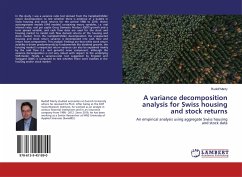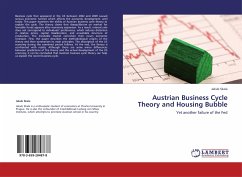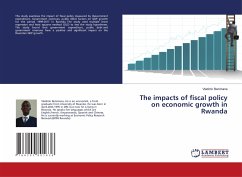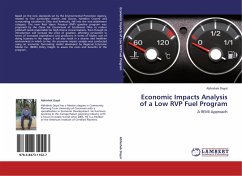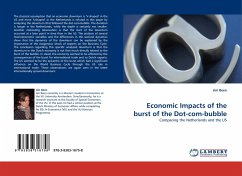
Economic Impacts of the burst of the Dot-com-bubble
Comparing the Netherlands and the US
Versandkostenfrei!
Versandfertig in 6-10 Tagen
32,99 €
inkl. MwSt.

PAYBACK Punkte
16 °P sammeln!
The classical assumption that an economic downturn is V-shaped in the US and more Ushaped in the Netherlands is refuted in this paper by analyzing the downturn that followed the dot-com-bubble. The duration is longer in the Netherlands, while the depth is certainly not smaller. Another interesting observation is that the start of the downturn occurred at a later point in time than in the US. The analysis of several macroeconomic variables and the differences in the sectoral dynamics show that the dynamics of the downturn can be explained by the importance of the exogenous shock of exports on t...
The classical assumption that an economic downturn is V-shaped in the US and more Ushaped in the Netherlands is refuted in this paper by analyzing the downturn that followed the dot-com-bubble. The duration is longer in the Netherlands, while the depth is certainly not smaller. Another interesting observation is that the start of the downturn occurred at a later point in time than in the US. The analysis of several macroeconomic variables and the differences in the sectoral dynamics show that the dynamics of the downturn can be explained by the importance of the exogenous shock of exports on the Business Cycle. The conclusion regarding this specific analyzed downturn is that the downturn in the Dutch economy is not that much directly related to the burst of the bubble. In stead, the economy seemed to be affected by the consequences of the burst for international trade and so Dutch exports. The US seemed to be the epicentre of the burst which had a significant influence on theWorld Business Cycle through the US role in international trade. These observations are again seen in the latest internationally spread downturn.



